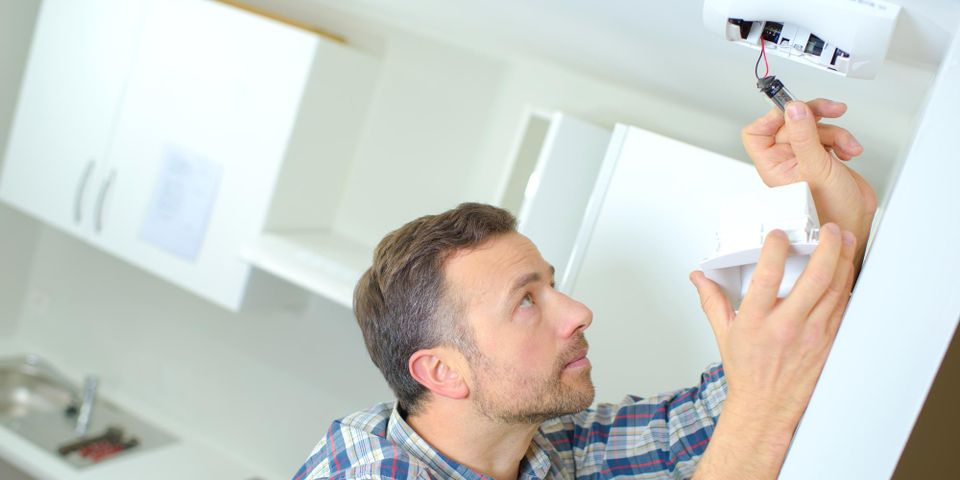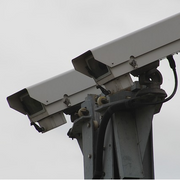3 Places to Install a Fire Alarm Besides the Kitchen

It only takes a few minutes for a fire to completely overwhelm a home. Having multiple fire alarms installed throughout the interior is necessary to alert residents of danger and to increase the odds of them getting out in plenty of time. Most homeowners are aware these devices should be placed in their kitchen, but they are not entirely clear where else to add them. Use the list below to see if your home is up to today’s building codes.
Where to Install Fire Alarms in the Home
1. Every Bedroom
In modern homes, the National Fire Alarm and Signaling Code® (NFPA 72®) states that at a minimum fire alarms should be placed inside every room used for sleeping. Do not place them near windows or vents as drafts could interfere with their operation, Putting them out of reach will also prevent children from tampering with the devices.
2. Each Floor
 Every floor of a home should have a fire alarm placed in a common area. In a single-story home, the hallway outside the sleeping region is good, but in a multi-level home, place the device in the family or living room on floors that do not have bedrooms. If the property has as basement, add one on the ceiling at the base of the stairs.
Every floor of a home should have a fire alarm placed in a common area. In a single-story home, the hallway outside the sleeping region is good, but in a multi-level home, place the device in the family or living room on floors that do not have bedrooms. If the property has as basement, add one on the ceiling at the base of the stairs.
3. Up High & Away From Heat Sources
In addition to the above advice, take care to place each fire alarm no more than 12 inches from the ceiling, as it will be in the ideal position to catch rising smoke. Also, while smoke alarm systems should be installed near heat sources, take care to leave at least 12 feet between the devices. Otherwise, false alarms could become a regular occurrence in your home.
Improve your home’s safety today by having an interconnected fire alarm system installed by AAV Security Systems in Union, KY. Since 1995, this family-owned and-operated company has installed residential and commercial fire and security systems for the Cincinnati and Northern Kentucky region. Call them today at (859) 384-4818 to receive a personalized solution and quote. You can also learn more about their services by visiting their website.
About the Business
Have a question? Ask the experts!
Send your question

